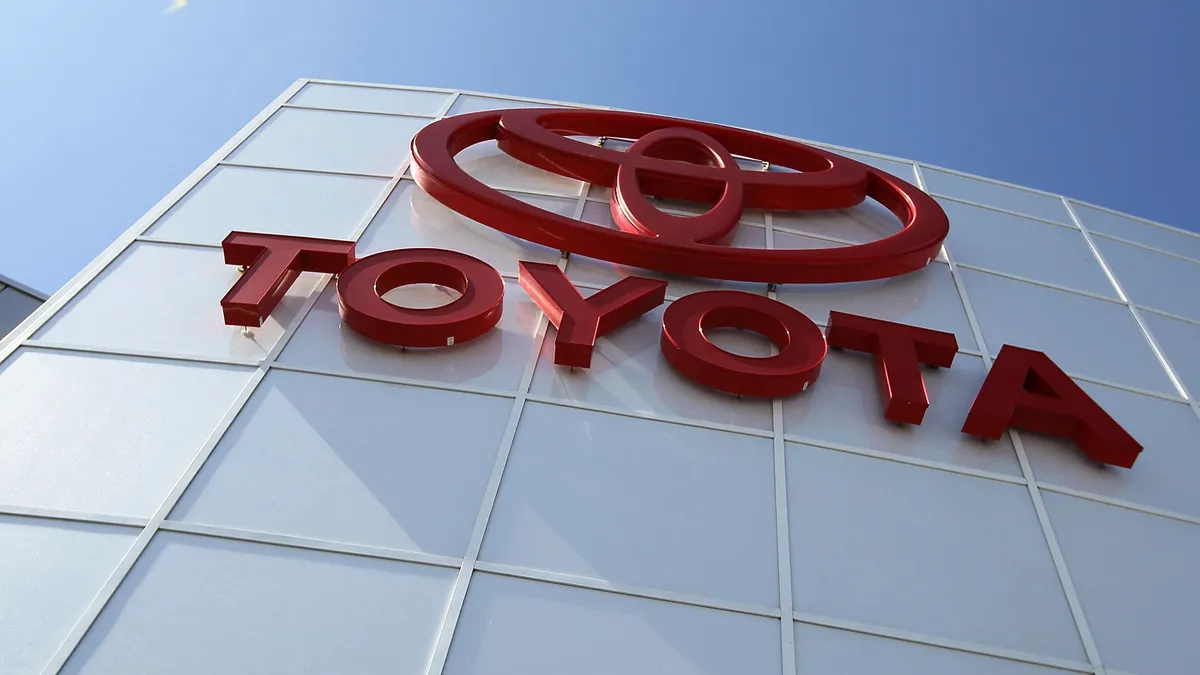Toyota is reassessing some aspects of its approach to inventory management after the pandemic exposed the challenges of operating a just-in-time supply chain, an executive said last week.
The automaker’s lean production model has often been hailed as the gold standard in the industry, and the company had taken major strides in the past decade to insulate its supply chain against disasters similar to the deadly 2011 tsunami in Japan. Still, contingency plans — which included a revamp of its procurement system to shift to alternate products when needed — were not enough to shield it from the effects of the pandemic forever.
Kevin Austin, group vice president of demand and supply management at Toyota Motor North America, said dealer inventories plummeted to zero “almost overnight.”
“We always thought we were one of the best in the industry of managing stock with a level of discipline,” he said at Reuters’ Supply Chain USA conference Wednesday.
Toyota typically keeps around 45 days of stock on hand to sustain inventory levels even during a crisis, Austin said. Although the company successfully navigated semiconductor shortages at first, it eventually had to slash production beginning in late 2021 due to supply chian challenges.
“While we thought we were being customer minded, it wasn’t good enough,” Austin said.
The auto giant’s operating model was only meant to handle one or two major disturbances at a time, not the dozens of supplier disruptions Toyota encountered during the pandemic, Austin said. The company is now considering ways to evolve its inventory strategy and make supply chain resilience a priority across all aspects of the business, especially as it ramps up production of battery electric vehicles.
Toyota CEO Koji Sato, who took the reins in April, is already looking to make big changes within its production model of EVs. In addition to restructuring its EV leadership, the automaker plans to simplify production by rolling out a new manufacturing platform designed specifically for electric vehicles.
Toyota is always looking for ways to improve production in accordance with the Japanese principle kaizen, or continuous improvement, Austin said. Literally “good change,” the word refers to a company philosophy of continuously improving processes for productivity, quality and efficiency.
“These experiences [during the pandemic] created a little bit of pain,” Austin said. “But the pain plus reflection is a sign of progress.”













